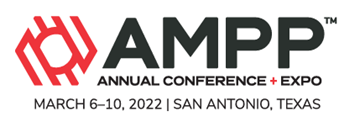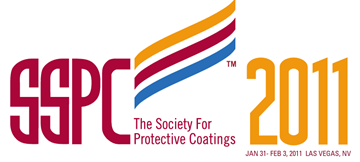Search
Individual Conference Papers
View as
Sort by
Display
per page
Selection and Specifications for Architectural and Industrial Maintenance Coatings for Commercial Architecture
Product Number:
41213-799-SG
Publication Date:
2013
$20.00
Selection and Testing of Fusion Bond Epoxy Coating for High Pressure Pipelines with H2S and CO2 Acid Gases
Product Number:
51323-19482-SG
Publication Date:
2023
$20.00
Selection of Coating Systems for Concrete in the Water & Wastewater Environment
Product Number:
41206-231-SG
Publication Date:
2006
$20.00
Selection of Coating Systems for CUI Service
Product Number:
41213-769-SG
Publication Date:
2013
$20.00
Selection of Protective Coatings for Aesthetic Properties
Product Number:
41210-584-SG
Publication Date:
2010
$20.00
Selection, Screening and Field Trial of Calcium Hypochlorite to reduce bacteria population in freshwater storage tanks in Williston, North Dakota, USA
Product Number:
51322-17645-SG
Publication Date:
2022
$20.00
Selective Degradation and Removal of Silyl-Containing Topcoats from Non-Metallic Substrates using Environmentally Friendly Fluoride Salts
Product Number:
51323-18797-SG
Publication Date:
2023
$20.00
Selective Dissolution Forming During Sour Testing of Duplex Stainless Steels. Is It Critical?
Product Number:
51323-18834-SG
Publication Date:
2023
$20.00
Self-Healing Microcapsule-Thickened Oil Barrier Coatings
Product Number:
51220-250-SG
Publication Date:
2020
$20.00
Self-Healing Systems for Industrial and Marine Protective Coatings
Product Number:
41211-584-SG
Publication Date:
2011
$20.00
Self-Stratifying Coatings - The Next Generation in Performance
Product Number:
41211-585-SG
Publication Date:
2011
$20.00












